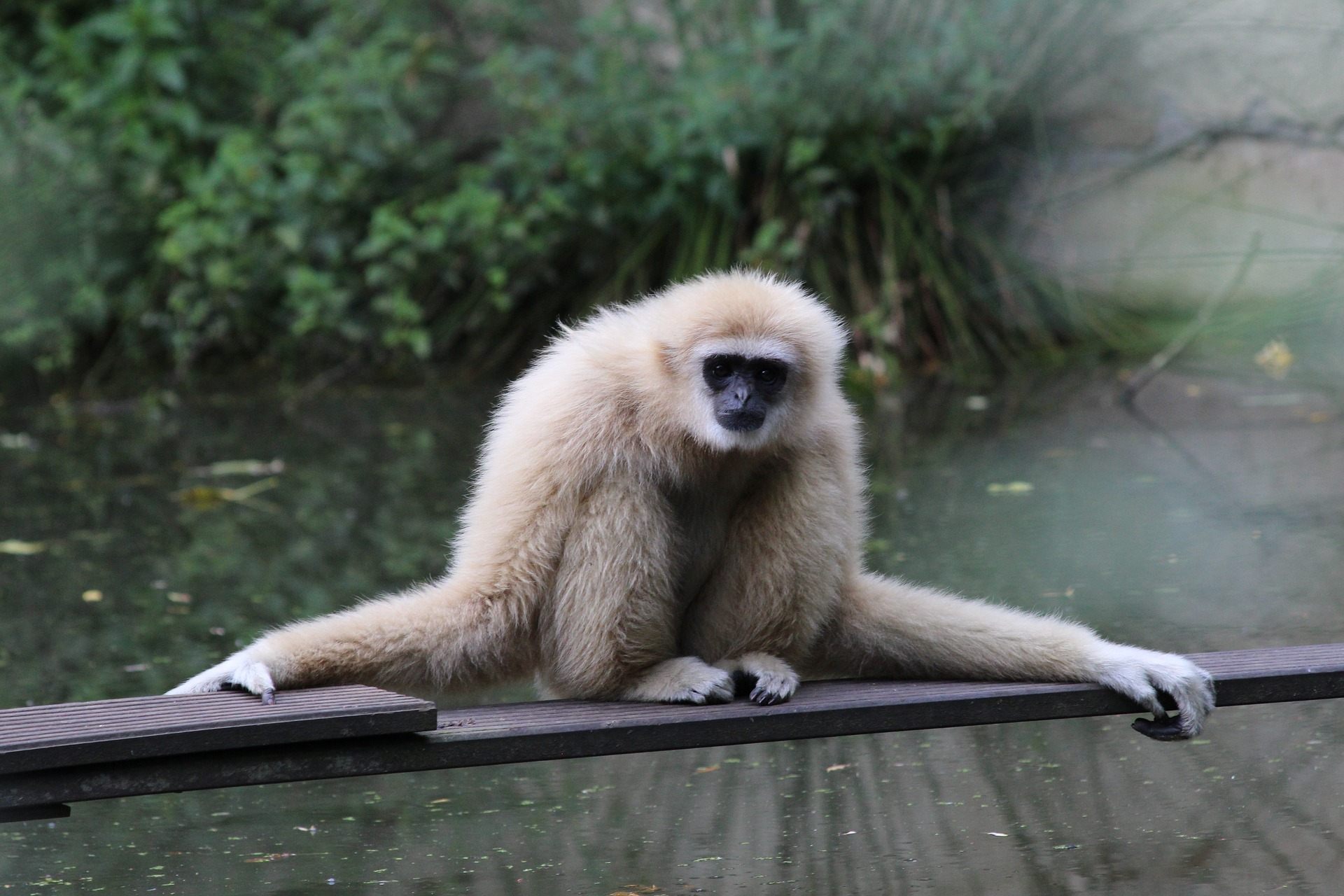Found: A Mysterious Extinct Gibbon in an Ancient Chinese Tomb
It’s thought the animal may have been kept as a pet.

Some 2,300 years ago, a gibbon unlike any on Earth today was buried in a chamber in Shaanxi Province, in central China, alongside lynx, leopards, and a black bear. The tomb is believed to have belonged to Lady Xia, who was the grandmother of Qin Shi Huang, China’s first emperor. For years, the gibbon escaped much scientific scrutiny, until a visiting conservationist and gibbon expert, Samuel Turvey, came across its skull in a local museum. It’s since been found to be an entirely new genus and species, the BBC reports, likely brought to extinction hundreds of years ago.
Using digital scans, Turvey and his team compared the gibbon’s skull to the bones of hundreds of other animals in collections around the world. The scans confirmed that the animal was unlike any other. Compared to other gibbons, the now-extinct specimen had a “comparatively flat, small face,” the New York Times reported, with protruding canines. In Chinese culture at the time, people believed that gibbons had noble characteristics. They were even sometimes kept as high-end pets. The researchers have since named the genus and species Junzi imperialis—junzi means “scholarly gentlemen” in Chinese—and published their findings in the journal Science.

Speaking to the New York Times, the researcher Susan Cheyne, who was not involved in the study, described how the gibbon might have been captured as a juvenile, at its peak cuteness. Practices such as these, she said, often involved the killing of gibbon mothers, who bear one infant at a time, “potentially impacting the social structure of entire group, which may not survive the loss of an adult,” she said. “So each live individual being kept as a pet certainly represents a bigger loss of individuals from the wild.” It’s possible that practices such as these, therefore, brought the species to extinction.
These days, there are about 20 species of gibbon remaining, many of which are under threat from illegal trade, hunting, and deforestation. The most endangered of all, the Hainan gibbon, comes from a small island south of the Chinese mainland. There are fewer than 30 of these animals left. Junzi imperialis may have been the first gibbon species to disappear as a result of human intervention, but it seems certain not to be the last.
























Follow us on Twitter to get the latest on the world's hidden wonders.
Like us on Facebook to get the latest on the world's hidden wonders.
Follow us on Twitter Like us on Facebook